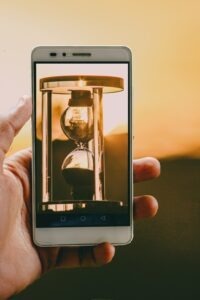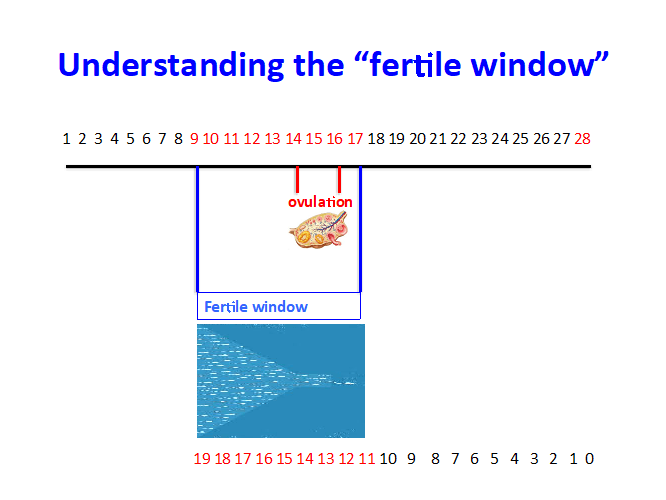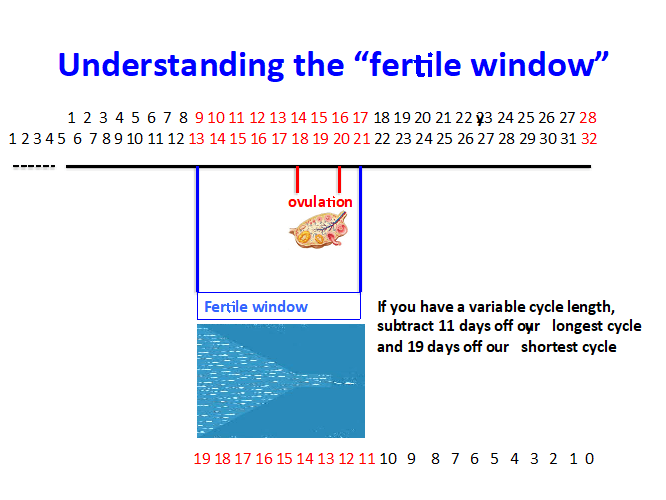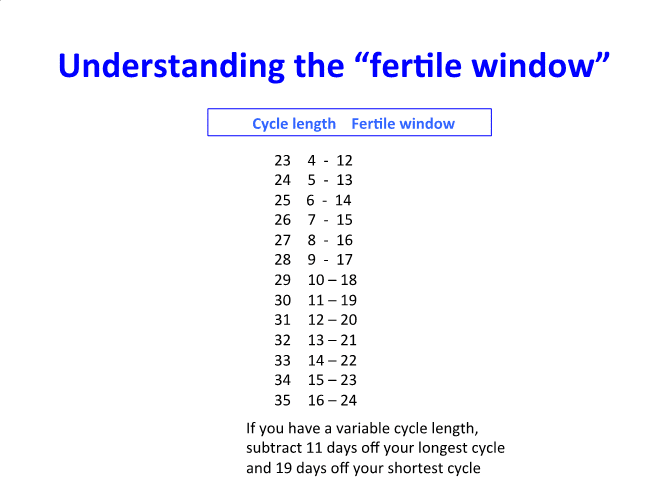Fertility Fundamentals lays the foundations for understanding your reproductive health and empowers you to take control of your wellbeing. Reliable scientific information underpins everything we do and helps you go forward with confidence during your fertility journey.
The Fertile Window
Understanding your fertile window is vital when trying to conceive. In this section, we lay down the basics of how to work out your fertile window and when best to time intercourse:

The fertile window
Ideally, sperm should be waiting for the egg when it is released to reach your egg in optimal condition. An egg can survive for around 24 hours once it is released before it starts to break down. Sperm can survive for up to five days inside a woman’s body, so this gives a total of around six days when you are fertile and capable of conceiving. This is known as the fertile window. The rest (indeed the majority!) of the time, the purpose of sex is pure pleasure and bonding with a sexual partner.

For women, there are bodily signs that ovulation is about to occur and these can be monitored to indicate whether you are ovulating and also the timing of ovulation. This includes cervical mucus that acquires a typical “egg white” consistency, in other words is it clear and will stretch into strings if pulled apart. An increase in body temperature also occurs immediately after ovulation. It will remain slightly higher rather than falling around the time your period is due if you conceive. Body temperature needs to be monitored over several months to be a reliable indicator as, once the temperature increases, ovulation has already happened, so you need to understand the range of days of your cycle during which you ovulate, and this can vary from month to month. Having said this, if you have a regular cycle, we don’t recommend routine measurement of body temperature when starting trying to conceive as it can add tension early on, which can be unhelpful. A typical cycle is often described as 28 days with ovulation occurring on day 14, but in reality this is for illustrative purposes only and occurs for only 13% of women. A healthy menstrual cycle for good fertility is usually between 25-30 days (29 days on average) and the day of ovulation can vary, though women experience wider variations in reality. Menstrual cycles also tend to shorten very slightly with age. Shorter cycles at a younger age are associated with lower ovarian reserve and cycles less than 25 days can make it harder to get pregnant, as we cover in our book, The Fertility Book: Your Definitive Guide to Achieving a Healthy Pregnancy and our online fertility courses. Learning to interpret these clues in your body can really help when trying to conceive.
Given that you ovulate on average 12-14 days before the expected date of your next period, your egg will be fertile up to around 11 days before your next period. You can work out the end of your fertile window by subtracting 11 from the total length of the cycle. So for a 28 day cycle, expect ovulation on days 14-16, with the fertile window starting on day 9 (5 days of sperm viability) and ending on days 15-17 (1 day after ovulation). You can work out the start of your fertile window by subtracting 19 days before the expected date of your next period. So, if you have variable cycles, take away 11 days from the longest and 19 days from the shortest to calculate your fertile window.

It can be helpful to have an idea of when you are likely to ovulate either through monitoring bodily signs like cervical mucous or the more mathematical approach to make sure you are having sex at the right time of the month. If you have a very long cycle (that’s is more than 35 days), this is a sign you may not be ovulating, and you are likely to need to seek medical advice.
Timing of intercourse
 There is a great deal of commercial focus on Apps and wearable devices that can help pinpoint the timing of ovulation. However, you may find this approach creates tension around sex, put pressure on a relationship and often simply isn’t needed if your cycle is regular. Using ovulation monitoring at home if you have very irregular cycles can be helpful. However you do it, developing an understanding of your body and your fertile window can make a big difference when trying to conceive.
There is a great deal of commercial focus on Apps and wearable devices that can help pinpoint the timing of ovulation. However, you may find this approach creates tension around sex, put pressure on a relationship and often simply isn’t needed if your cycle is regular. Using ovulation monitoring at home if you have very irregular cycles can be helpful. However you do it, developing an understanding of your body and your fertile window can make a big difference when trying to conceive.
Having sex every two to three days after the end of your menstrual period through until the week before your next period means that you will have a chance of conceiving that month. Frequent ejaculation is good for sperm health, as sperm sitting in testes once produced will die off and release toxic compounds that impact healthy sperm cells. So spontaneous sex that doesn’t feel pressured is the best approach for many different reasons. You can find out more about sperm health in our male fertility section and in our online fertility courses.
References
- Adam Balen and Grace Dugdale. The Fertility Book: Your Definitive Guide to Achieving a Healthy Pregnancy. Penguin Random House (Vermilion) 2021
Copyright © 2024 Balance Fertility


